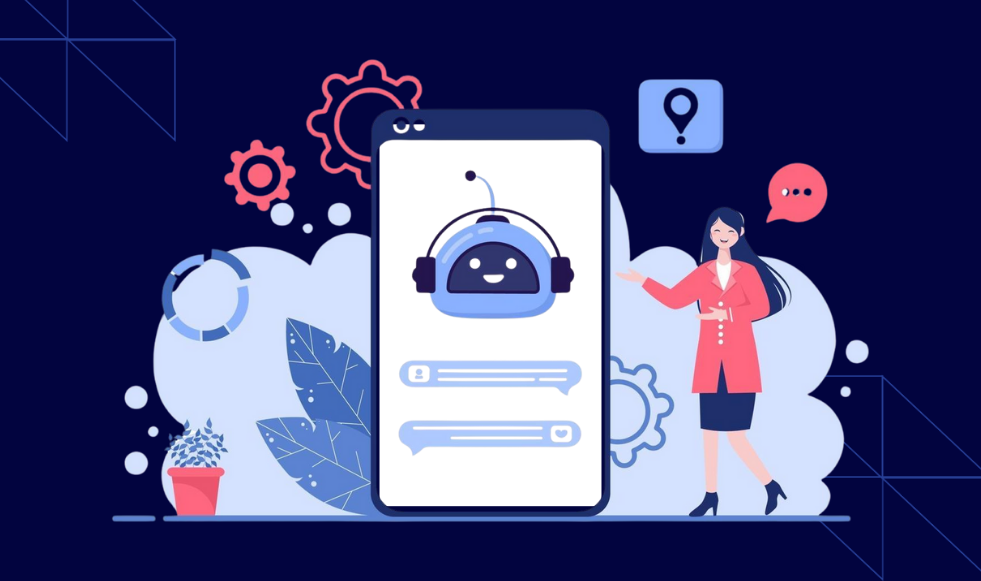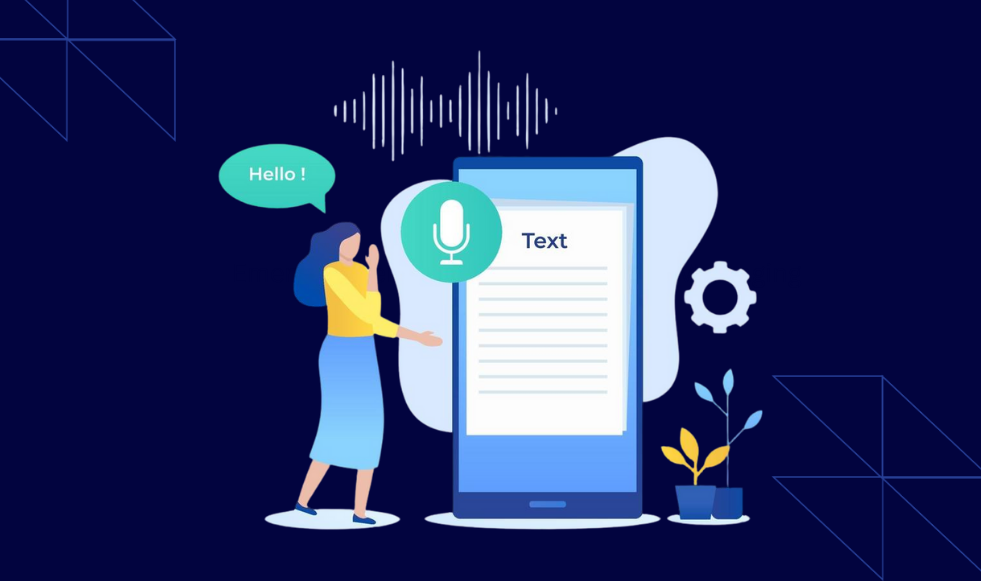Table of Contents
- Introduction
- What exactly is AI-powered messaging support?
- What to Expect from a Customer’s Experience in 2025
- How AI messaging improves customer engagement
- How AI messaging improves customer engagement
- Emerging trends influencing 2025 AI Messaging
- Practical applications for D2C brands
- Difficulties brands experience when it comes to AI messaging
- The future of AI-powered customer engagement
- Frequently asked questions
Introduction
In 2025, AI-enabled messaging support is transforming consumer brands’ customer interactions. Leaders in D2C brand customer support are considering AI messaging support technologies to manage conversations, provide answers, and resolve issues for customers at all times. Using AI messaging is becoming an essential decision that impacts how brands engage and create value in an increasingly moving digital landscape.
What exactly is AI-powered messaging support?

AI-powered messaging support refers to a process that uses conversational AI to understand customers’ messages and send replies automatically. The technology uses artificial intelligence (AI) to “chat” with humans using captured messages on an automated messaging platform, such as through chat applications, SMS messages, or websites, without human intervention.
The technology functions by evaluating what customers are typing and offering the best response from a repository of available answers. The chatbots use natural language processing to identify different ways of asking the same question and understand common slang and even misspellings.
It consists of several elements as follows:
- Chatbots: Computer programs that converse with humans in the form of chat.
- Natural language processing: Technology that allows computers to interpret human language.
- Machine learning: AI or chatbot systems that improve the quality of response based on previous conversations and usage.
- Integration platforms: Programs linking an automated messaging platform with existing customer support systems.
What to Expect from a Customer’s Experience in 2025

Consumers expect real-time support through WhatsApp, SMS, app chat, and so on. Customers want to get help whenever they want, without switching platforms or being limited to business hours.
Channel-of-choice engagement means consumers engage with brands on the same platforms they are already using daily. This shift resulted in new expectations for brands to deliver chat-based customer service that is always available and responds instantly.
Today’s expectations are:
– Instant responses: Responses in minutes, not hours
– 24/7 availability: Support beyond regular business hours
– Cross-channel consistency: Same quality of help, no matter the channel
– Personalized responses: Recall past conversations or interactions
Brands are under pressure to provide always-on support and seamless experiences across every channel. Meeting the expectations of your customers requires your organization to consider new ways of engaging customers, especially as behavior continues to shift.
How AI messaging improves customer engagement
AI messaging systems help brands reply to customer questions much faster than traditional support methods. Faster replies often lead to higher customer satisfaction scores because people do not have to wait long for help.
With the right usage of automated messaging platforms, the brands can operate all day and night. This allows brands to offer support at any time without hiring extra staff or extending work shifts.
AI can also suggest products to customers based on their conversations. These suggestions can encourage people to make more purchases or return to buy again, using data from previous interactions.
Engagement improvements include:
- Response time reduction: From hours to seconds for common questions
- Conversation continuity: AI remembers context from previous messages
- Proactive outreach: Systems can start conversations based on customer behavior
- Multilingual support: Automatic translation and response in different languages
Emerging trends influencing 2025 AI Messaging

Many customer messages now include multilingual and sentiment-aware bots. Bots are essentially programmed to respond to and understand messages in multiple languages. They can also detect a message’s underlying emotion (frustration, excitement, etc.) before responding to the customer, thereby mirroring the customer’s mood.
The hybrid customer experience model leverages AI and human agents together. In this model, AI will respond to routine or basic questions. Human agents will carry the conversation forward if questions become complicated, sensitive, or involve higher value. This allows brands to leverage automation when it makes sense, while continuing to provide a human touch when stipulations warrant it.
Messaging-first commerce is a new shopping experience that will take place completely in chat and messaging apps. Customers may view product information, ask questions, and complete transactions, all via conversations without having to leave chat.
Popular AI messaging trends:
- Conversational commerce: Complete shopping experiences within messaging apps
- Voice-to-text integration: Customers can speak their questions instead of typing
- Predictive messaging: AI anticipates customer needs before they ask
- Integration with CRM systems: AI accesses customer history to provide better help
With the perfect combination of conversational AI and human agents business confirms that the customers receive fast and empathetic responses.
Practical applications for D2C brands
AI messaging is often used to remind customers about items left in their online shopping carts. These cart recovery nudges are sent automatically through chat platforms, encouraging customers to complete their purchases if they have not checked out.
After a purchase, AI messaging systems assist with support tasks such as managing returns, processing refunds, and handling warranty questions. Customers can use chat or messaging apps to request help, provide order information, and receive step-by-step guidance without waiting for a human agent. Do you know what is the best part? With the help of the automated messaging platforms, you will be able to manage large volumes of customer queries during the peak seasons.
Typical Events for D2C:
- Order Tracking: Sending automatic updates about shipping and delivery status
- Product Recommendations: Sending messages to customers based on product browsing habits, order history, and preferences
- Seasonal Promotions: Targeted marketing messages when there are sales or holiday promotions
- Customer Onboarding: A guided setup process for newly purchased solutions
AI Messaging allows brands to stay in touch with customers with updates and information about new products or promotions during peak or holiday shopping seasons when consumers are busy. Some automated messages can share the status of order tracking and delivery timelines, while others can also notify customers of special promotions. In either case, these helpful notes, when used, help keep the customer informed and reduce the labor involved in the back-and-forth exchange.
Difficulties brands experience when it comes to AI messaging

Automated messaging can lack personalization, and customers may realize they are speaking to a bot instead of a person, particularly when responses lack empathy or do not fully address the unique situations of each customer. Many brands are working toward developing AI systems that utilize natural language and recognize when to connect a customer with a human agent.
Data privacy and compliance issues become a priority in AI messaging. Brands collect and store large amounts of customer data, and different countries have enacted laws around how this data is handled. Organizations comply with laws, including GDPR and CCPA, secure personal data, and maintain transparency about how customer data is used.
Implementing AI in any company can be difficult because of the common challenges faced, including:
- Quality of training data: Because AI can only learn from what it has been taught, the quality of data used to train AI will impact the quality of the modeled AI responses.
- Complexity of integration: connecting AI systems to existing customer databases and other existing customer tools.
- Cost perspectives: balancing cost savings from automation vs. the cost to set up technology.
- Staff transition: training a human agent how to work with an AI system.
Cultural differences also contribute to how different global markets receive messages, akin to how language, tone, and timing can take on completely different meanings across cultures. Regular updates to AI systems and careful design will be needed to minimize miscommunication and avoid violating local customs or expectations.
The future of AI-powered customer engagement

Customer support systems are moving from answering questions only when customers ask to providing help and information at any time. AI-powered messaging platforms are designed to keep conversations going with customers, using data from past interactions and preferences to make responses more relevant.
Personalized engagement relies on AI tools that analyze behavior, purchase history, and feedback to send messages that match individual needs. For example, recommendations, reminders, and updates are delivered based on a customer’s unique profile and previous actions, not just generic templates.
Looking ahead, developments will include:
- Emotional intelligence: AI that better understands and actively responds to customer emotions
- Cross-channel orchestration: Seamless dialogs that travel across different forums
- Progressive personalization: AI that adopts its style of communication during engagement
- Predictive support: Systems that troubleshoot customers’ problems before they realize they have them
During this journey, brands are also upgrading their technology stack, from connecting AI messaging platform to customer databases and existing communication tools, to training team members to work with new software, and clearly outlining the established parameters of what type of customer engagement AI should manage before contacting a human agent.
Ongoing / Continuous personalized engagements require ongoing re-qualification of AI systems, including but not limited to new language models and new rules of how to handle different customer scenarios. Comfort in this preparation is paramount for brands to remain aligned with changing behaviours and expectations in the market, and allow teams to provide consistent and accurate engagement in the digital space, which is consistently changing.
Frequently Asked Questions on AI messaging
-
What platforms have the capability for AI-focused messaging for customer service?
In addition to websites and mobile applications, features related to AI-based messaging can operate on SMS text messaging, WhatsApp, Facebook Messenger, Instagram Direct and most popular chat platforms. AI systems can often integrate with multiple platforms at the same time.
-
How does an AI messaging system address complex customer service issues in 2025?
AI messaging systems can use the escalation rules within the application to switch a customer relationship over to a human representative for complex issues. An AI messaging system will recognize that human support or expertise is necessary to resolve an issue and seamlessly switch the conversation to a human representative, along with all the context.
-
How long does it typically take for AI messaging systems to be implemented?
AI messaging systems can usually be implemented from start to finish in 4 to 12 weeks, depending on the necessary complexity and integration with existing systems. The implementation will include setup, determining the company-specific information it will pull from, the necessary testing, and any staff training.
-
How accurate are AI responses to customer questions?
Accuracy is dependent on the specific industry and the quality of the implementation, and well-trained systems can generally respond to 70-90% of common customer questions accurately. AI accuracy increases as the system learns from subsequent customer interactions over time.
-
Can AI messaging systems engage in multiple languages simultaneously?
Yes, AI messaging systems are equipped to intelligently recognize the customer’s language and respond accordingly. Modern AI messaging systems can support 50+ languages and switch the language of the conversation within the same session.
-
What type of customer data do AI messaging systems collect and retain?
AI messaging systems typically collect and store customer conversation history, customer preferences, customer contact information, and interaction patterns. Any data collected complies with privacy regulations and company policies, and customers always have the option to manage their own data and privacy settings.
